What is Ground Ginger and Why It Matters
Ground ginger, also known as dry ginger or powdered ginger, is a spice made from drying and grinding fresh ginger root. It has a warm, earthy flavor with subtle spiciness and is widely used in baking, curries, marinades, and spice blends across many cuisines. Unlike fresh ginger, which has a bright, zesty taste, ground ginger offers a more concentrated flavor perfect for recipes requiring smooth texture.

Why You Might Need a Ground Ginger Replacement
There are several reasons why you might find yourself in need of a ground ginger replacement:
- You've run out of ground ginger and don't have time to go to the store.
- You're following a specific diet and can't use ginger (e.g., allergies or restrictions).
- You want to experiment with different flavors and see how they affect your recipe.
- You're looking for a milder or more intense alternative depending on the dish.
Whether it's a last-minute kitchen emergency or a chance to explore new ingredients, having a few ground ginger substitutes on hand can be a game-changer.
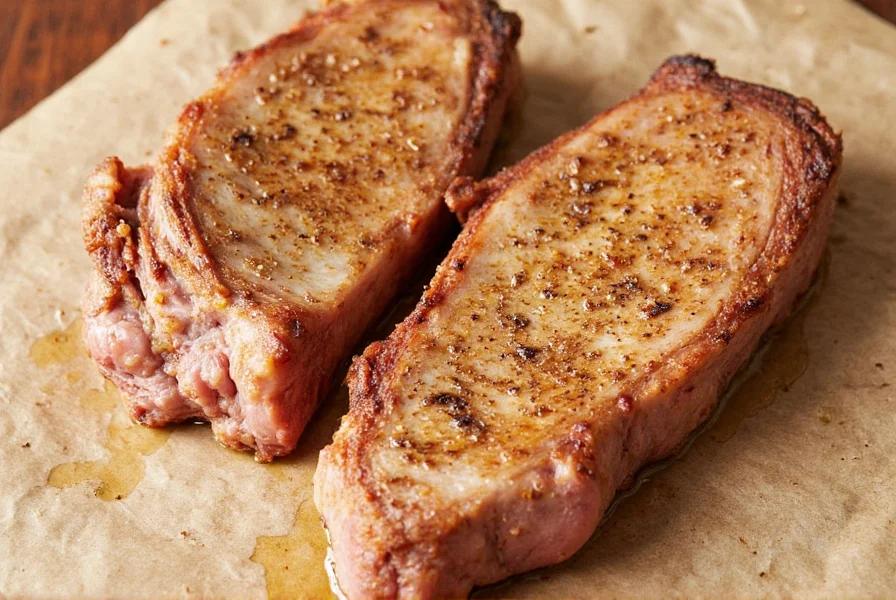
Top 5 Ground Ginger Replacements You Should Know
Here are five of the most effective ground ginger replacements, each with its own unique flavor profile and best uses:
1. Fresh Ginger
Although not technically ground, fresh ginger is one of the closest substitutes for ground ginger. It has a similar spicy and slightly sweet flavor but is more pungent. To use it as a replacement, grate or mince the fresh root and adjust the quantity based on your taste—usually about 1/4 teaspoon of ground ginger equals 1 tablespoon of freshly grated ginger.
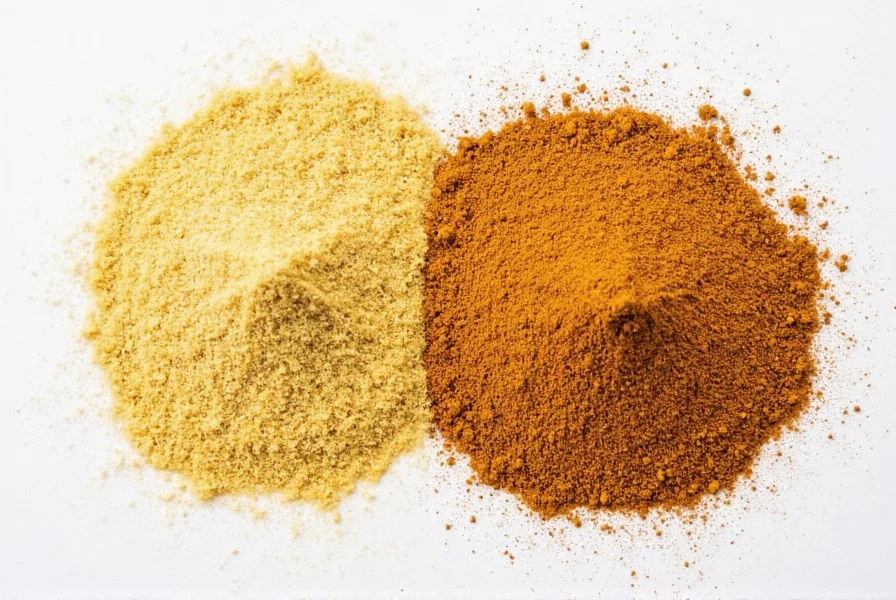
2. Cinnamon
Cinnamon adds warmth and sweetness, making it a good option if you want to mimic the gentle heat of ground ginger. However, it lacks the sharpness and zing of ginger, so it works best in desserts or baked goods. A 1:1 substitution is possible, but keep in mind that cinnamon has a stronger aroma.
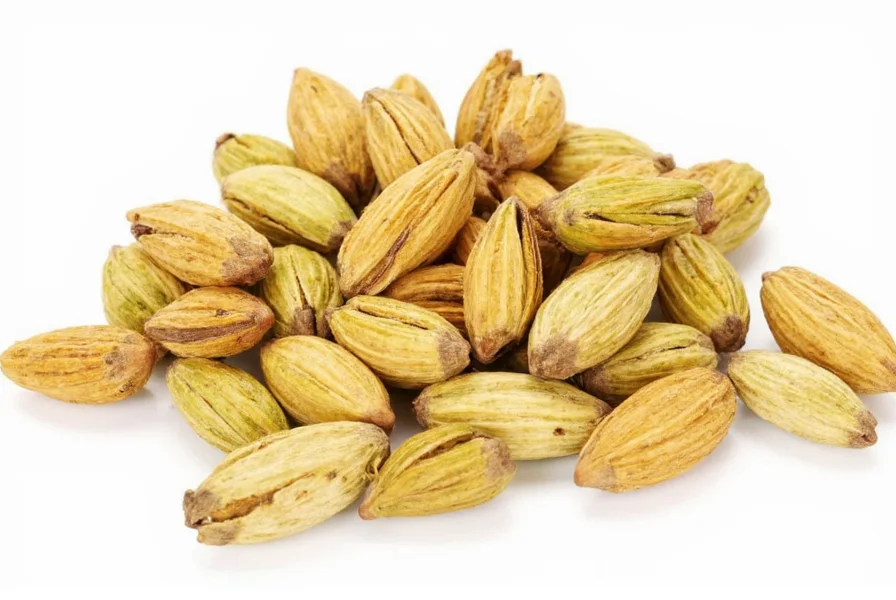
3. Nutmeg
Nutmeg has a warm, slightly sweet, and nutty flavor that can give your dish a similar depth to ground ginger. It's especially good in savory dishes like stews or sauces. However, it's not as spicy, so it may not work well in recipes where ginger's kick is essential. Use it sparingly—about half the amount of ground ginger.

4. Allspice
Allspice is a versatile spice that combines the flavors of cinnamon, nutmeg, and cloves. It's a great substitute if you're looking for something with a bit more complexity than cinnamon alone. It works well in both sweet and savory dishes, but again, it doesn't offer the same heat as ginger. A 1:1 substitution is usually safe, but adjust to taste.
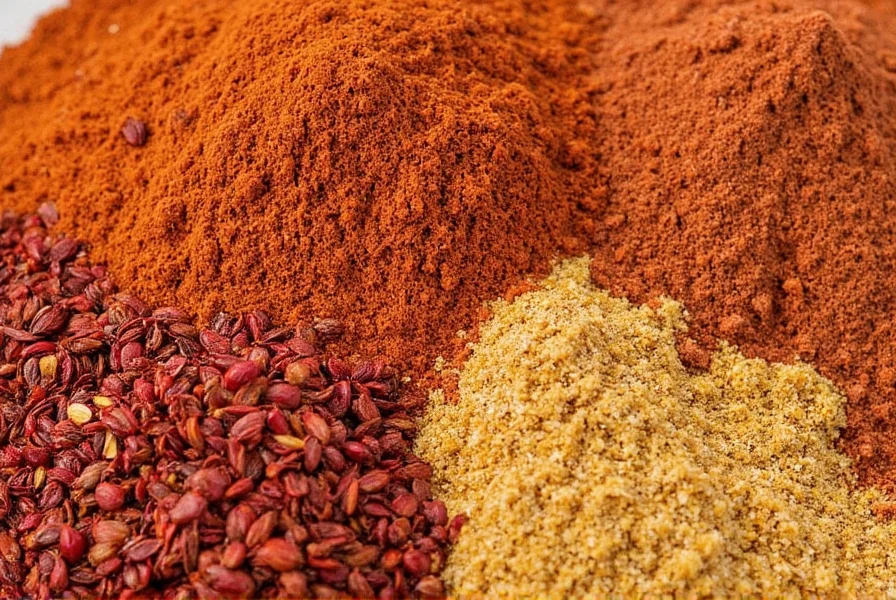
5. Cayenne Pepper
If you're craving the heat of ground ginger but don't have it on hand, cayenne pepper can provide a spicy kick. It's much hotter than ginger, so start with a small amount and add gradually. This substitution is best used in savory dishes where heat is desired, such as curries or chili.

How to Use Ground Ginger Replacements in Your Recipes
Knowing which replacement to use is only half the battle—understanding how to incorporate it into your cooking is just as important. Here are a few tips to help you make the switch smoothly:
- Start Small: Substitute one teaspoon of ground ginger with an equal amount of your chosen alternative, then taste and adjust as needed.
- Consider the Flavor Profile: Some replacements will change the overall taste of your dish. For example, using cinnamon instead of ginger may make your recipe sweeter, while cayenne will add heat.
- Adjust for Intensity: If the replacement is stronger (like cayenne), use less. If it's milder (like allspice), you may need to add more.
- Combine with Other Spices: Sometimes, mixing a couple of spices can replicate the complex flavor of ground ginger. For instance, a blend of cinnamon and nutmeg can work wonders in certain recipes.
Remember, there's no one-size-fits-all solution. Experimentation is key when it comes to substitutions. Don't be afraid to try different combinations and see what works best for your taste buds.

Buying Guide: Choosing the Right Ground Ginger Replacement
If you're looking to stock up on ground ginger replacements, here are a few recommendations based on quality, versatility, and user reviews:
1. Fresh Ginger
Features: Natural, aromatic, and easy to store. Look for firm roots without soft spots or mold. Advantages: Adds freshness and potency to any dish. Use Cases: Best for grating into sauces, soups, and stir-fries. Target Audience: Home cooks who prefer natural ingredients. Suitable Occasions: Everyday meals, special occasions, and holiday dishes.

2. Cinnamon
Features: Available in stick or ground form. Choose high-quality cinnamon for better flavor. Advantages: Versatile and long-lasting. Use Cases: Ideal for baking, coffee, and sweet dishes. Target Audience: Bakers and dessert lovers. Suitable Occasions: Breakfasts, desserts, and holiday treats.
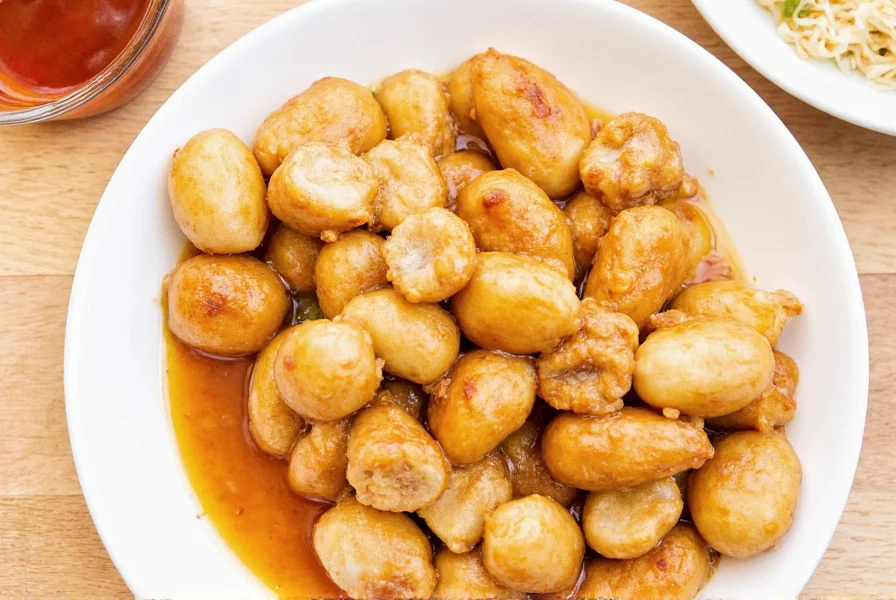
3. Nutmeg
Features: Whole or ground. Whole nutmeg lasts longer and can be freshly grated. Advantages: Adds warmth and depth to both sweet and savory dishes. Use Cases: Great in custards, sauces, and meat dishes. Target Audience: Chefs and home cooks who enjoy bold flavors. Suitable Occasions: Holiday feasts, comfort foods, and hearty meals.

4. Allspice
Features: Available in whole berries or ground. Look for dark, plump berries. Advantages: Offers a complex, warm flavor that can replace multiple spices. Use Cases: Perfect for stews, meat dishes, and spice blends. Target Audience: Adventurous cooks and spice enthusiasts. Suitable Occasions: Slow-cooked meals, international cuisines, and seasonal dishes.

5. Cayenne Pepper
Features: Available in powder or flakes. Choose organic varieties for better quality. Advantages: Adds heat and complexity to savory dishes. Use Cases: Ideal for curries, chili, and spicy sauces. Target Audience: Heat lovers and those who enjoy bold flavors. Suitable Occasions: Weeknight dinners, parties, and festive meals.

When choosing a ground ginger replacement, consider the type of dish you're making, the flavor profile you want, and how strong the replacement needs to be. A little goes a long way, so always start with a small amount and build up to your preferred level of flavor.
Frequently Asked Questions About Ground Ginger Substitutes
What's the best ground ginger substitute for baking?
For baking, cinnamon or a combination of cinnamon and nutmeg works best as a ground ginger substitute. These spices provide the warm, sweet notes that ginger brings to baked goods without the spiciness. Use equal parts cinnamon to replace ginger, or try a 50/50 blend of cinnamon and nutmeg for more complexity. Allspice is another excellent option for baking as it contains ginger-like flavor notes.
How much fresh ginger equals ground ginger?
Generally, 1/4 teaspoon of ground ginger equals approximately 1 tablespoon of freshly grated ginger. Fresh ginger has a more pronounced, sharper flavor than ground ginger, so you'll need to use more of it to achieve a similar intensity. When substituting, start with less fresh ginger than the recipe calls for in ground form, then taste and adjust as needed.
Can I use ground ginger instead of fresh ginger?
Yes, but with caution. Generally, 1 tablespoon of fresh grated ginger equals about 1/4 teaspoon of ground ginger. Ground ginger has a more concentrated flavor but lacks the bright, zesty quality of fresh ginger. When substituting ground for fresh, use much less ground ginger and consider adding a small amount of lemon juice to mimic fresh ginger's brightness.
What's a good ginger substitute for someone who doesn't like spicy food?
For those who prefer milder flavors, cinnamon or a small amount of allspice would be the best ginger substitutes. These spices provide the warmth and depth that ginger offers without the spiciness. Start with half the amount of cinnamon that the recipe calls for in ginger, then adjust to taste. Cardamom is another mild option that works well in both sweet and savory dishes.
Can I omit ginger from a recipe entirely?
You can omit ginger, but it may affect the flavor balance of your dish. In baking, ginger often provides necessary warmth and depth that helps other flavors shine. In savory dishes, it adds complexity and cuts through richness. If omitting ginger entirely, consider adding a small amount of citrus zest or juice to maintain some brightness in the dish, or increase other warming spices like cinnamon slightly to compensate.
Do ground ginger substitutes have similar health benefits?
While no substitute offers identical health benefits to ginger, some come close. Fresh ginger has the most similar profile since it's the same plant in different form. Cinnamon has anti-inflammatory properties and can help with blood sugar regulation. Turmeric (not mentioned in the main article but sometimes used as a substitute) contains curcumin, which has strong anti-inflammatory effects. However, each spice has its own unique health profile, so they're not direct replacements for ginger's specific medicinal properties.
Conclusion: Spice Up Your Cooking with These Alternatives
Ground ginger is a powerful spice that brings warmth, depth, and complexity to any dish. But when you run out, it's comforting to know that there are plenty of alternatives to choose from. From fresh ginger to cinnamon, nutmeg, allspice, and even cayenne pepper, each of these replacements offers unique benefits and flavor profiles.
Whether you're cooking for yourself, your family, or hosting friends, having a good understanding of ground ginger replacements can make all the difference. With the right substitution, you can still achieve the flavor and character you're after without compromising on quality or taste.
So next time you're in a pinch, remember: there are always other spices waiting to step in and save the day. Happy cooking!
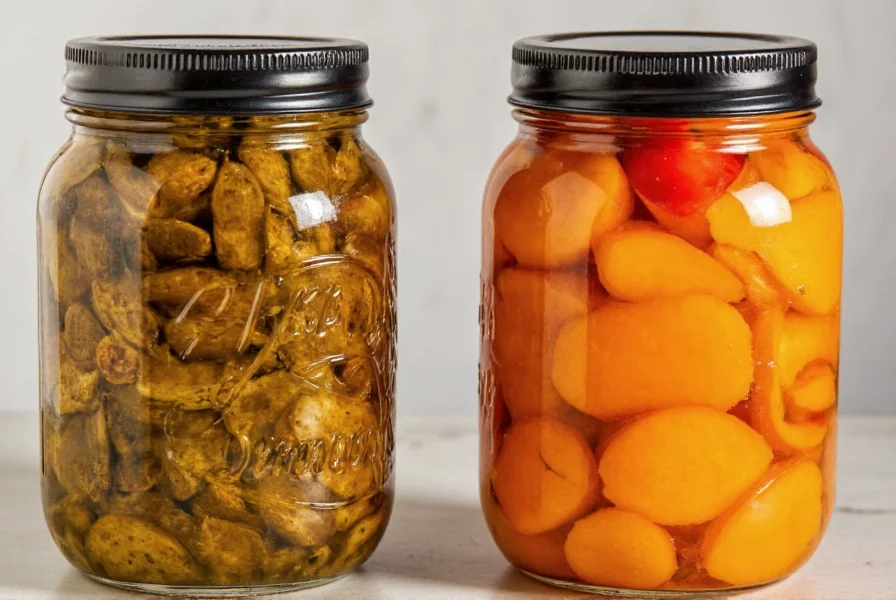










 浙公网安备
33010002000092号
浙公网安备
33010002000092号 浙B2-20120091-4
浙B2-20120091-4